Laser-assisted Bioprinting
NOVALASE Platform
The Novalase laser bioprinter is a prototype developed in 2007 by an Inserm researcher in cooperation with the Novalase startup.
Main specificities :
Operating at kHz range: more than 1000 droplets printed per seconds.
Size of the printed droplets: 50µm to 300µm.
Printing from top to bottom.
Integrated video system to allow the positioning of the samples.
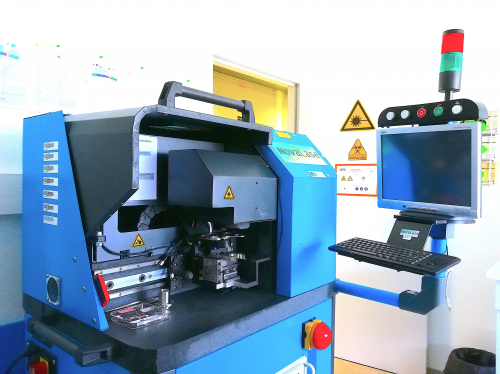

BIOPRINTING TECHNOLOGIES
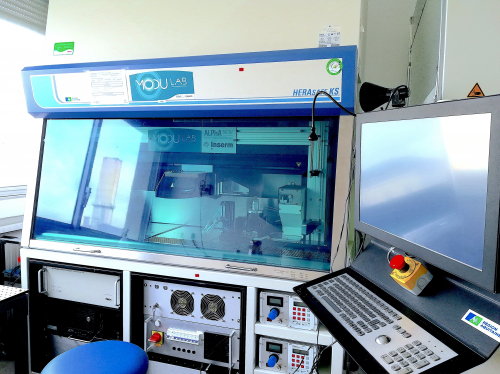

Laser-assisted bioprinting (LAB) uses a laser to deposit biomaterials onto a substrate in the droplet form. It involves a pulsed laser source, a ribbon coated with liquid biological materials, and a receiving substrate. LAB typically employs nanosecond to print hydrogels, cells, proteins, and/or ceramic materials. The resolution of printed features varies from pico- to micro-scales, depending on the thickness and rheological properties of the biological materials on the ribbon, the energy of the laser pulse, the wettability of the substrate, and the printing speed and structure organization.
We have multiple bioprinting platforms in our facilities that allow us to use microextrusion and inkjet (3D Discovery RegenHU, BioX Cellink) or DLP (LumenX) methods for bioprinting.
This collection of equipment enables us to test and refine the biofabrication protocol to align with our scientific goals.
With microextrusion, we can achieve a resolution of around 150 µm, while microvalve bioprinting has a resolution of 50 µm.
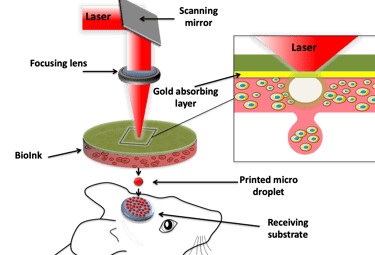

The overall performance of this platform is especially attractive for in vivo and in situ bioprinting, at this stage already tested and validated in mice animal models for bone tissue regeneration (Keriquel et al., 2017) and for the support of vasculogenesis (Kérourédan et al., 2019).
Figure selected from (Keriquel et al., 2017).
Modulab Platform
The MODULAB printer is a prototype developed by the ALPhANOV laser center in collaboration with Inserm U1026.
Main specificities :
High accuracy printing in final pointing position
Tunable from single cell to a few tens of cell/droplets.
Integrated in a biosafety cabinet.
Printing directly on well plates.
This equipment is in particular interesting for in-vitro studies.
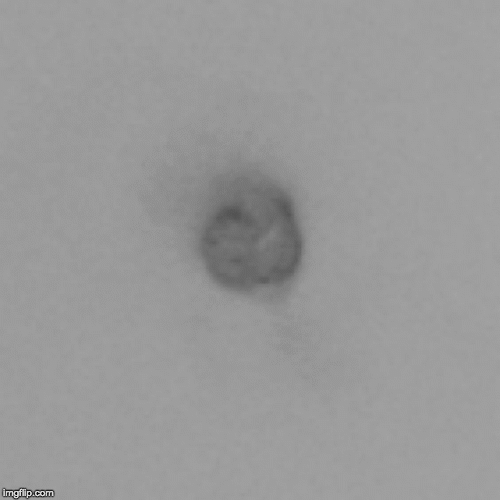

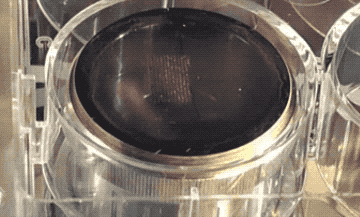

MICROEXTRUSION, INKJET AND PHOTOLITOGRAPHY BIOPRINTING
Microextrusion bioprinting is a technique in which a material is extruded through a small nozzle to create a pattern or structure. In this process, a bioink containing living cells and a supporting matrix material is loaded into a syringe or cartridge, and then deposited onto a substrate layer by layer to form a 3D structure. This method typically allows for the printing of larger constructs, with a high degree of control over the geometry and resolution of the final structure.
Inkjet bioprinting uses a similar approach to traditional inkjet printing, in which droplets of bioink are ejected from a nozzle using thermal, piezoelectric or electrostatic forces. The bioink droplets are precisely placed onto a substrate to form the 3D structure.
Photolitography or Digital Light Processing (DLP) 3D bioprinting is a type of bioprinting technology that uses a projector to solidify a photopolymer bioink. In this process, a digital model of the desired structure is uploaded to the printer, and the projector shines a light onto the bioink, causing it to polymerize and solidify into a 3D structure.


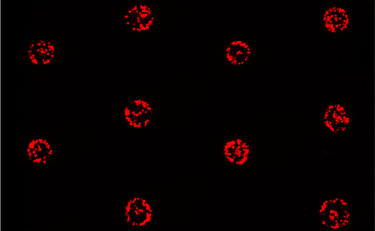


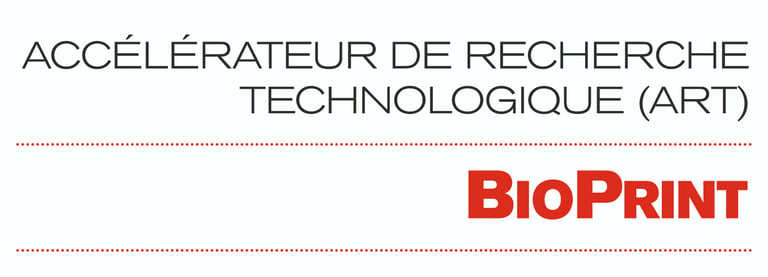




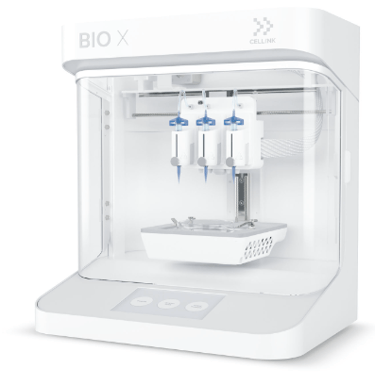
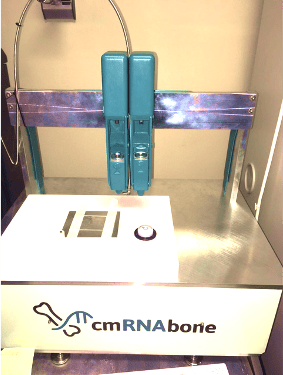






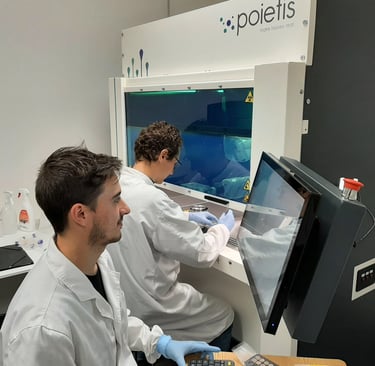
NGB-R Bioprinter
NGB-R is a 4th generation multi-modal biofabrication instrument from Poietis company, it is based on laser-assisted bioprinting technology and integrates microvalve and microextrusion bioprinting.
Main specificities :
Cell resolution: 1 to 100 cells per droplet
Printing speed: 1,000 - 10,000 droplets per sec
Precision: 10 μm
Droplet volume: from pL to nL
Viscosity: 20 to 300 mPa.s min.
Cell concentration: up to 100 millions per mL
Min. bioink volume: from 4μL
HO ©2024
ARTBioprint



